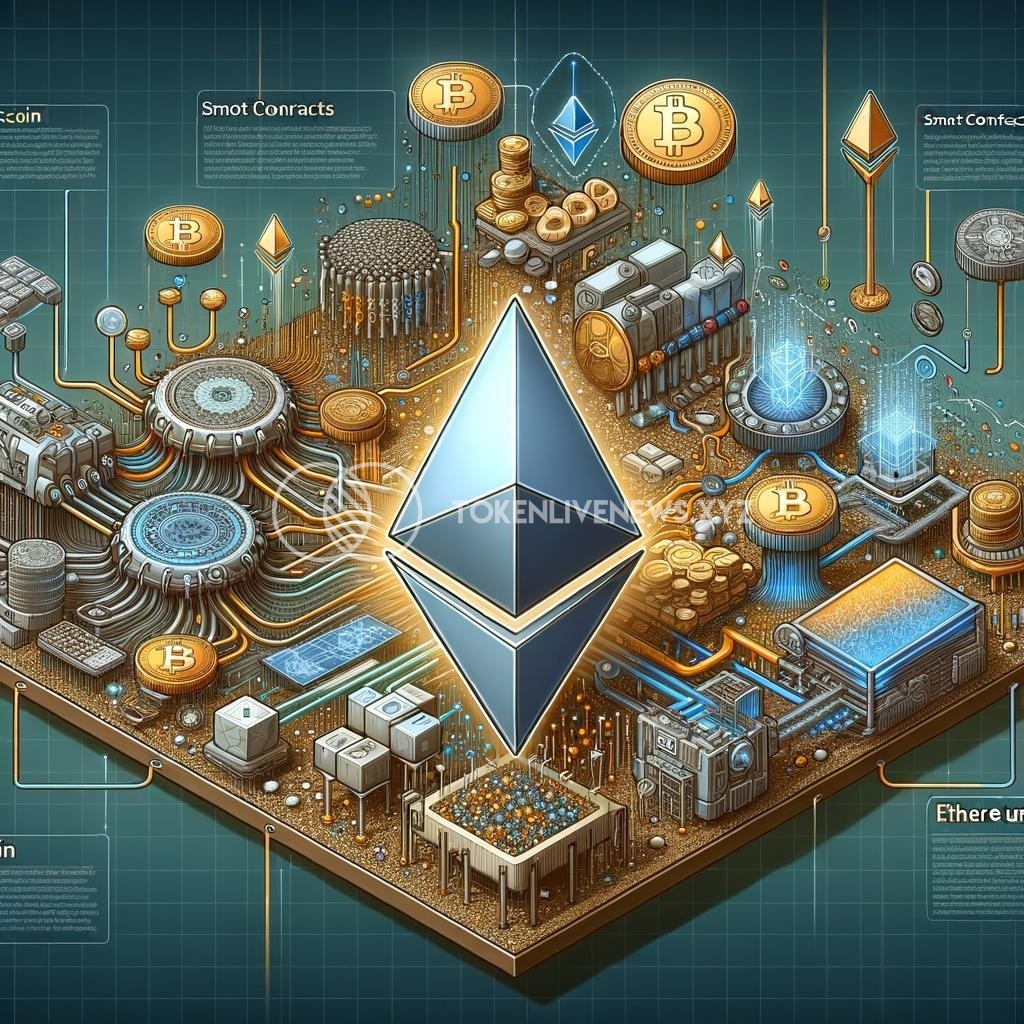Why is Ethereum Beyond Bitcoin, Unveiling Unique Technological Features?
Since the introduction of Bitcoin in 2009, blockchain technology has gained significant attention and has become synonymous with cryptocurrency. However, beyond Bitcoin, there exists another revolutionary digital currency called Ethereum, which is leading the way in terms of unique technological features and advancements.
Unlike Bitcoin, which primarily functions as a digital currency, Ethereum aims to provide a platform for decentralized applications (DApps) and smart contracts. This fundamental difference sets Ethereum apart and positions it as a pioneer in the blockchain space.
One of the key features that make Ethereum unique is its programmable nature. While Bitcoin allows users to conduct peer-to-peer financial transactions, Ethereum takes this concept a step further and enables developers to build their own decentralized applications on its blockchain. This programmable functionality is made possible by Ethereum’s Turing-complete programming language, Solidity. Developers can leverage this language to write and deploy smart contracts, which automatically execute predefined conditions when certain criteria are met.
This opens up a world of possibilities for developers, as they can create decentralized applications that go beyond simple financial transactions. DApps built on Ethereum can include functionalities such as governance systems, decentralized marketplaces, identity verification, and more. The flexibility provided by Ethereum’s programmability makes it an attractive platform for developers looking to build innovative solutions, and has led to a surge in the popularity of Ethereum-based projects.
Another unique feature of Ethereum is its consensus mechanism. Bitcoin relies on a proof-of-work (PoW) algorithm, where miners compete to solve complex mathematical puzzles to validate transactions and add blocks to the blockchain. Ethereum, on the other hand, has transitioned to a proof-of-stake (PoS) consensus mechanism known as Ethereum 2.0. This new mechanism is more energy-efficient and secure, as it eliminates the need for miners to solve resource-intensive puzzles.
With Ethereum 2.0, individuals who possess a certain amount of Ether (ETH) can become validators and secure the network by staking their tokens. Validators are randomly selected to propose and validate new blocks, and their reputation and stake are at risk if they behave dishonestly. This shift to PoS not only reduces energy consumption but also allows for faster transaction confirmation times, thereby enhancing the scalability of the Ethereum network.
Furthermore, Ethereum’s commitment to maintaining backward compatibility ensures that applications built on its blockchain continue to function even as upgrades are rolled out. This compatibility minimizes disruption and guarantees the longevity of smart contracts and DApps built on Ethereum. This developer-friendly approach has fostered a strong ecosystem of projects and has encouraged innovation within the Ethereum community.
In conclusion, Ethereum surpasses Bitcoin in terms of its unique technological features and advancements. Through its programmable nature, Ethereum allows developers to create decentralized applications and smart contracts, opening up a world of possibilities for innovation. The transition to a proof-of-stake consensus mechanism with Ethereum 2.0 improves scalability and reduces energy consumption. Additionally, Ethereum’s commitment to backward compatibility ensures the longevity and continuity of projects built on its blockchain. With these distinctive features, Ethereum has firmly established itself as a leading platform in the realm of blockchain technology.







